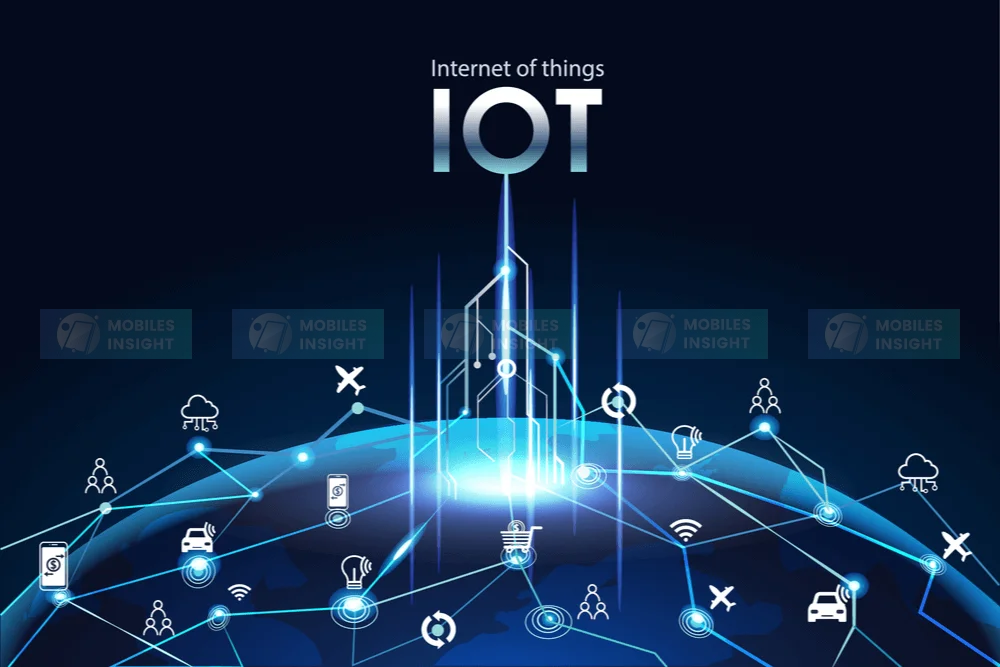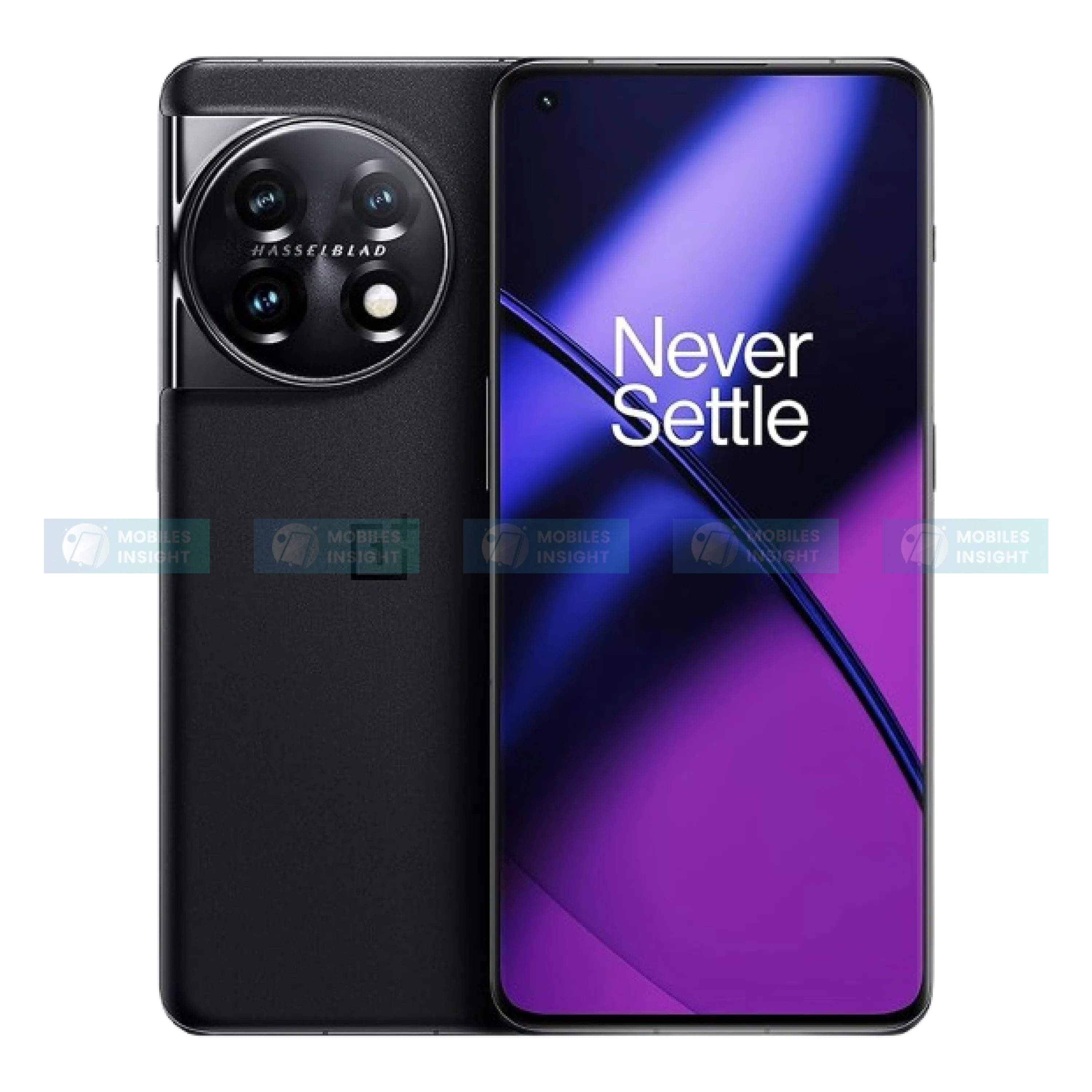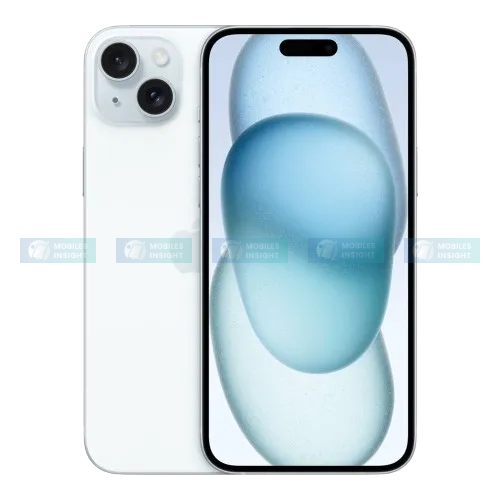
How IoT Sensor Technology with 5G and AI is Powering Smart Industries?
In 2025, IoT sensor technology is transforming smart industries by enabling real-time data collection and seamless connectivity across machines and processes. These advanced sensors provide critical insights that help businesses optimize operations, reduce downtime, and enhance safety. By integrating with cloud platforms, 5G technology, Wi-Fi technology, and analytics tools, IoT sensors empower industries to make data-driven decisions, improve efficiency, and predict maintenance needs before failures occur.
This technological evolution is reshaping manufacturing, energy, logistics, healthcare, and more, driving automation and smarter workflows. IoT sensors also support sustainability efforts and regulatory compliance by enabling better resource management and transparency. As industries in Bangladesh and worldwide increasingly adopt these innovations, IoT sensor technology stands as a key enabler of digital transformation and competitive advantage. This blog explores how IoT sensors are revolutionizing smart industries, unlocking new opportunities for growth and innovation in 2025.
The Role of IoT Sensors in Smart Industries
IoT sensors are tiny, interconnected devices capable of monitoring physical parameters such as temperature, humidity, pressure, motion, and more, and transmitting that data wirelessly. Their deployment in smart industries has helped companies gain valuable insight into their operations, react swiftly to change, and make more informed, data-driven decisions. With the support of Wi-Fi technology and 5G Technology, these sensors are becoming the backbone of real-time technology and AI innovation.
Advanced Data Collection
In industrial environments, capturing granular data was once a challenge. Now, with IoT sensor integration in 2025 transforming industries and smart systems, companies gain visibility into processes that were previously hidden. From assembly lines to supply chains, every stage becomes measurable and trackable. This enables better predictive maintenance, reduces downtime, and optimizes resource utilization. The future of AI combined with IoT is making data collection smarter and more accurate than ever before.
Real-Time Monitoring and Automation
One of the key benefits of sensor-driven smart industries is real-time monitoring. Machines and assets equipped with sensors continuously send data to centralized platforms, enabling instant alerts and automated responses to anomalies. Whether it is adjusting the temperature in warehouses or automatically shutting down faulty equipment, automation improves overall safety and reliability. With 5G Technology and Wi-Fi technology, real-time technology becomes faster and more dependable, helping Bangladesh industries modernize effectively.
Enhanced Predictive Maintenance
IoT sensors generate actionable insights on equipment health. By analyzing patterns in vibration, temperature, and usage rates, algorithms can predict when maintenance is required, minimizing costly unplanned outages. Predictive maintenance strategies save both time and capital, solidifying IoT’s role as a cornerstone of industrial efficiency. AI innovation and the future of AI in predictive systems are also making these solutions smarter and more accurate for industries in Bangladesh.
Transforming Key Sectors
Manufacturing and Industry 4.0
The evolution into Industry 4.0 is underpinned by interconnected IoT devices. Sensor-based systems provide a comprehensive view of operations, from raw materials sourcing to final product delivery. Automation of tasks such as inventory control and energy usage is now routine, creating leaner, more agile manufacturing environments. With the support of real-time and Wi-Fi technology, Bangladesh’s factories are moving closer to fully automated and smart systems.
Energy Management
Smart grids rely heavily on advanced IoT sensors to balance supply and demand in real time. These devices monitor load, generation, and storage assets, giving energy providers the agility to shift resources efficiently and integrate renewable energy sources. IoT-based demand response systems also empower consumers and providers to optimize energy consumption collaboratively.
Healthcare Innovations
IoT sensor technology is revolutionizing patient care. Wearable health monitors, smart hospital equipment, and remote patient monitoring solutions all depend on accurate data collected by sensors. Real-time readings of vital signs and environmental parameters are streamlining diagnostics, improving patient outcomes, and making personalized medicine a reality. With AI innovation and Wi-Fi technology, healthcare systems in Bangladesh can deliver better services and bring advanced treatment to more people.
Logistics and Supply Chains
From connected shipping containers to smart warehouses, IoT sensors are improving transparency and reliability in logistics. Real-time tracking of assets and environmental conditions ensures goods are safe and on schedule. Automated alerts about potential disruptions help logistics firms stay a step ahead of challenges, boosting efficiency and customer satisfaction.
Overcoming Challenges
While IoT sensor technology brings enormous benefits, its deployment in smart industries comes with challenges. Data security and privacy are top concerns, as sensitive operational data is transmitted and stored across networks. Companies must implement robust cybersecurity protocols to protect against emerging threats.
Additionally, integrating legacy systems with modern IoT solutions often presents compatibility issues. Careful planning, investment in employee training, and partnership with technology providers can smooth the adoption process and maximize returns on investment. For Bangladesh industries, the adoption of Wi-Fi technology and real-time technology infrastructure will be key to overcoming these barriers.
Looking Ahead: The Future of IoT in Industry
The pace of innovation in IoT sensor technology is accelerating. As 5G technology and edge computing become widely available, the capabilities of real-time, data-driven automation will multiply further.
-
Artificial Intelligence Integration: AI algorithms leveraging sensor data will automate more complex decision-making, enabling truly adaptive and self-healing industrial systems. The future of AI promises smarter and faster solutions for businesses in Bangladesh.
-
Sustainability and Green Initiatives: IoT will play an outsized role in helping industries monitor their environmental impact and meet regulatory requirements for sustainability. AI innovation will further support this by analyzing energy usage and reducing waste.
-
Enhanced Human-Machine Collaboration: Workers will use augmented reality and wearable IoT devices to interface seamlessly with smart industrial environments, boosting productivity and safety. Wi-Fi technology and 5G Technology will make this human-machine collaboration more effective in Bangladesh.
Final Thoughts
IoT sensor technology is not just a buzzword but a fundamental driver of transformation for smart industries in 2025 and beyond. By providing unparalleled visibility, enabling predictive actions, and facilitating automation, these systems are laying the groundwork for a more efficient, safe, and sustainable industrial future. For Bangladesh, the combination of IoT, AI innovation, real-time technology, Wi-Fi technology, and 5G Technology is shaping industries that are ready for the future of AI and global competitiveness.
Popular Phone Reviews

Samsung Galaxy A70 Review: Features, Performance, and Value Insights

Apple iPhone 16 Pro Max Review: Features, Performance, and Value Insights

Apple iPhone 12 Pro Max Review: Features, Performance, and Value Insights

Xiaomi Redmi 12 Review: Features, Performance, and Value Insights






